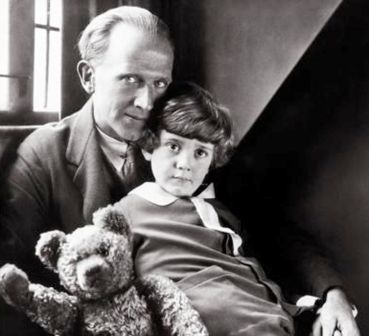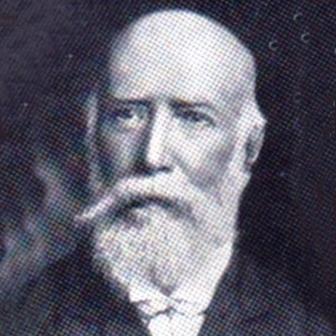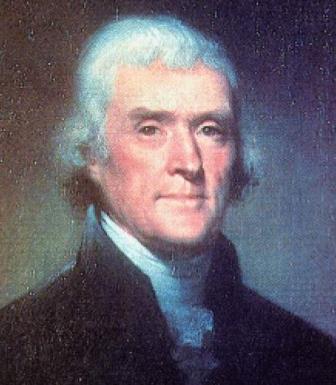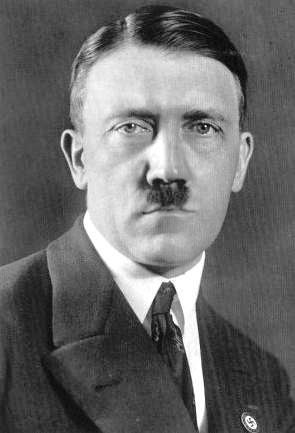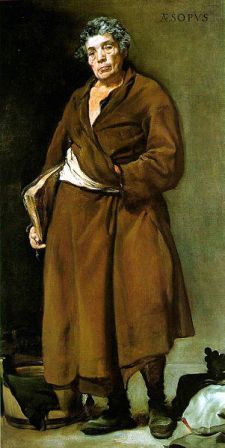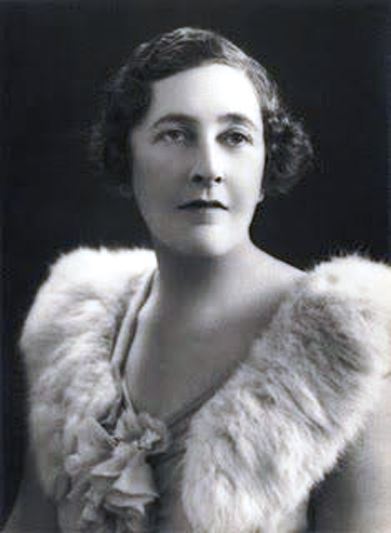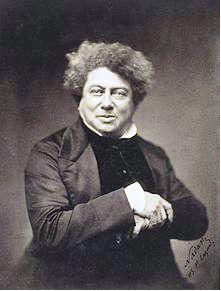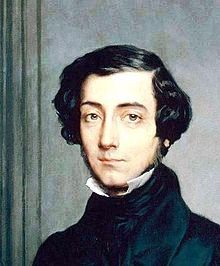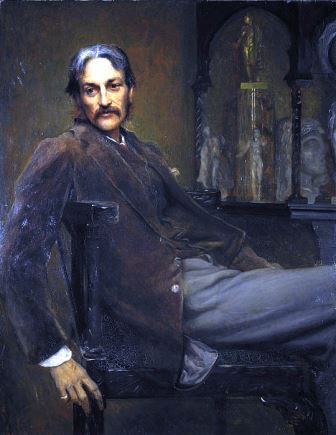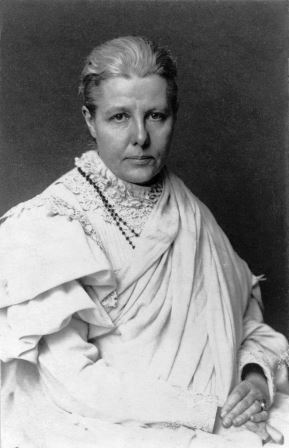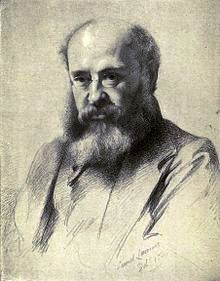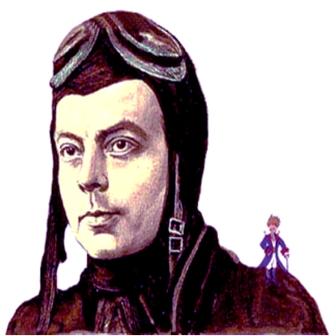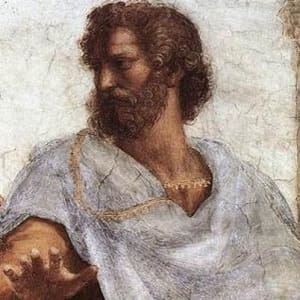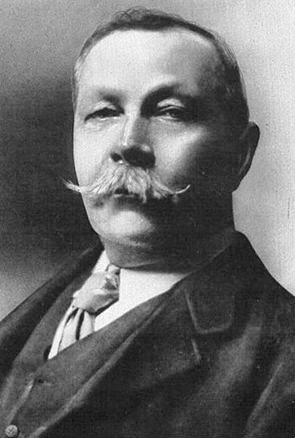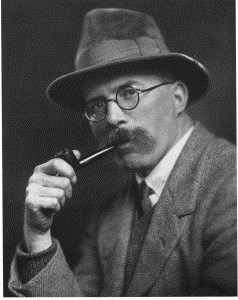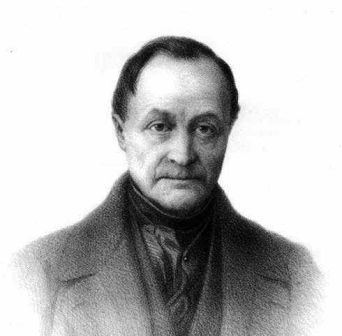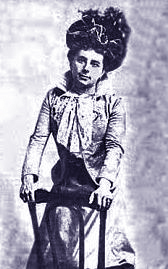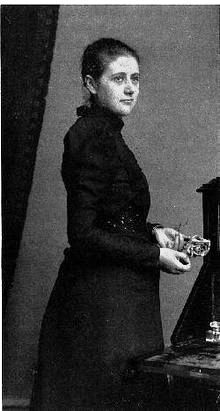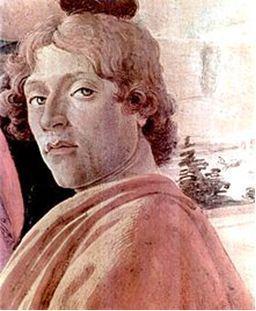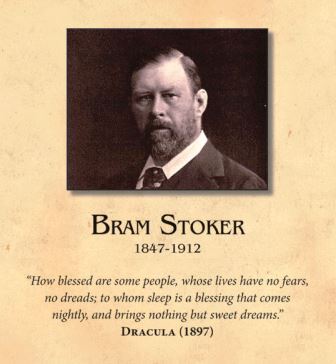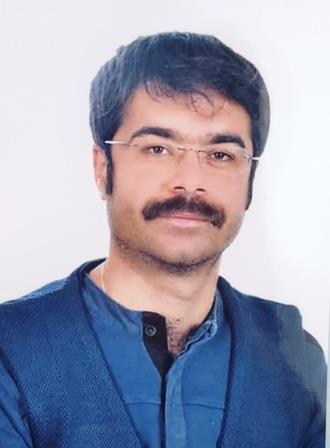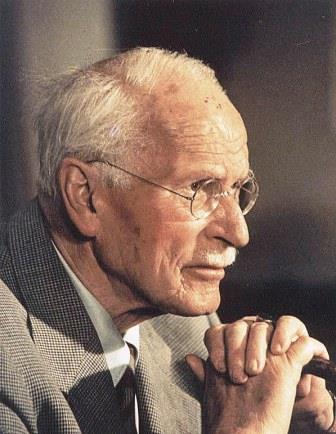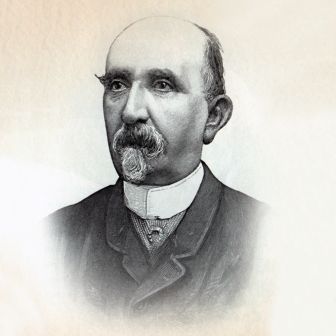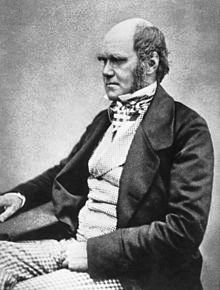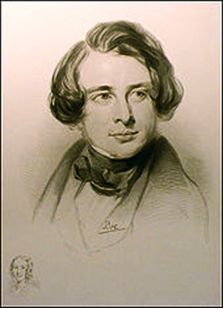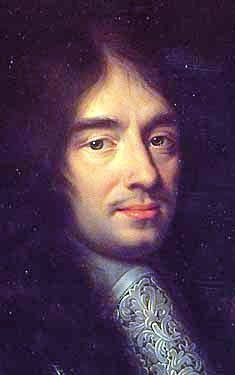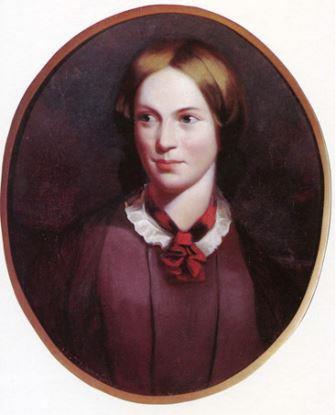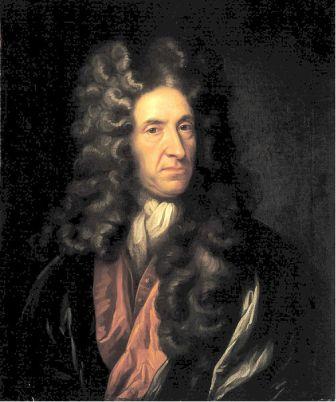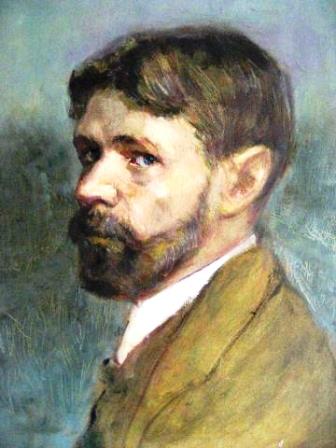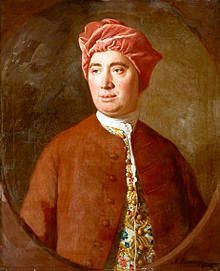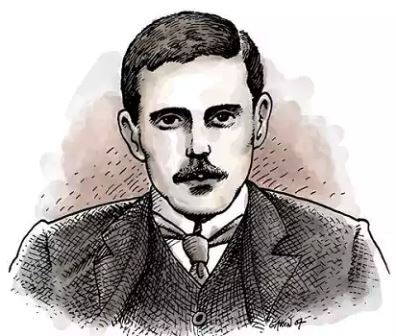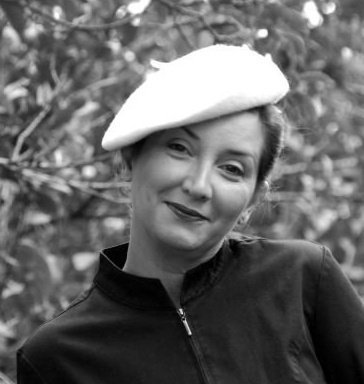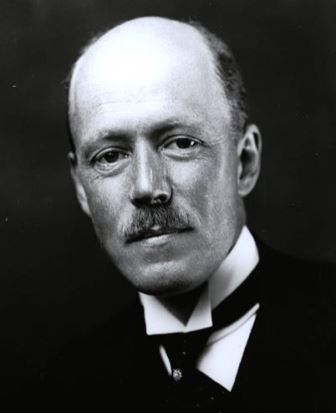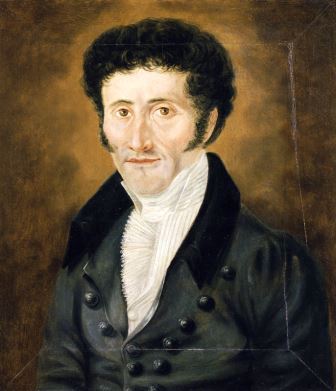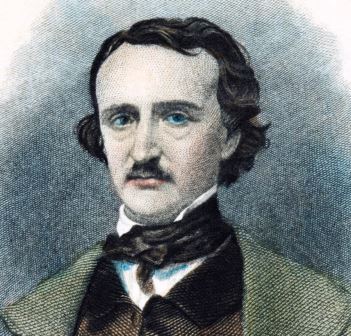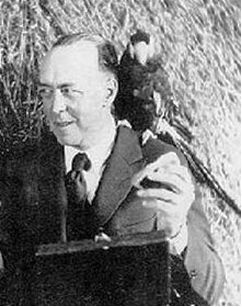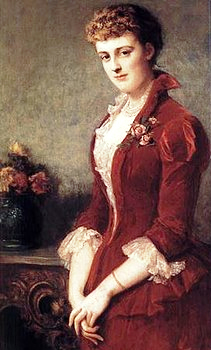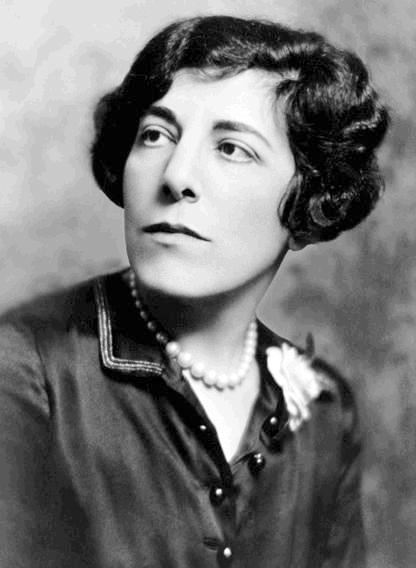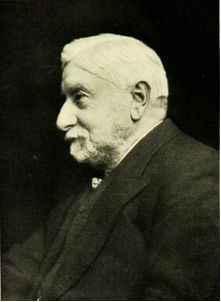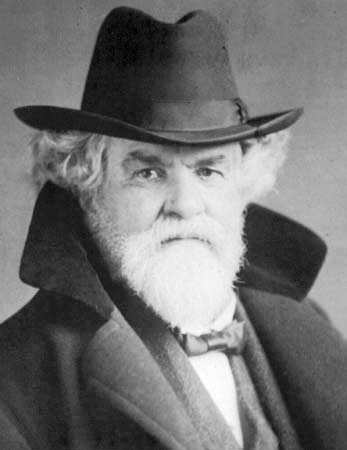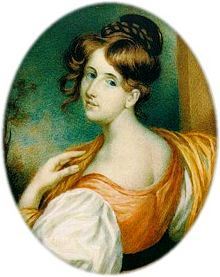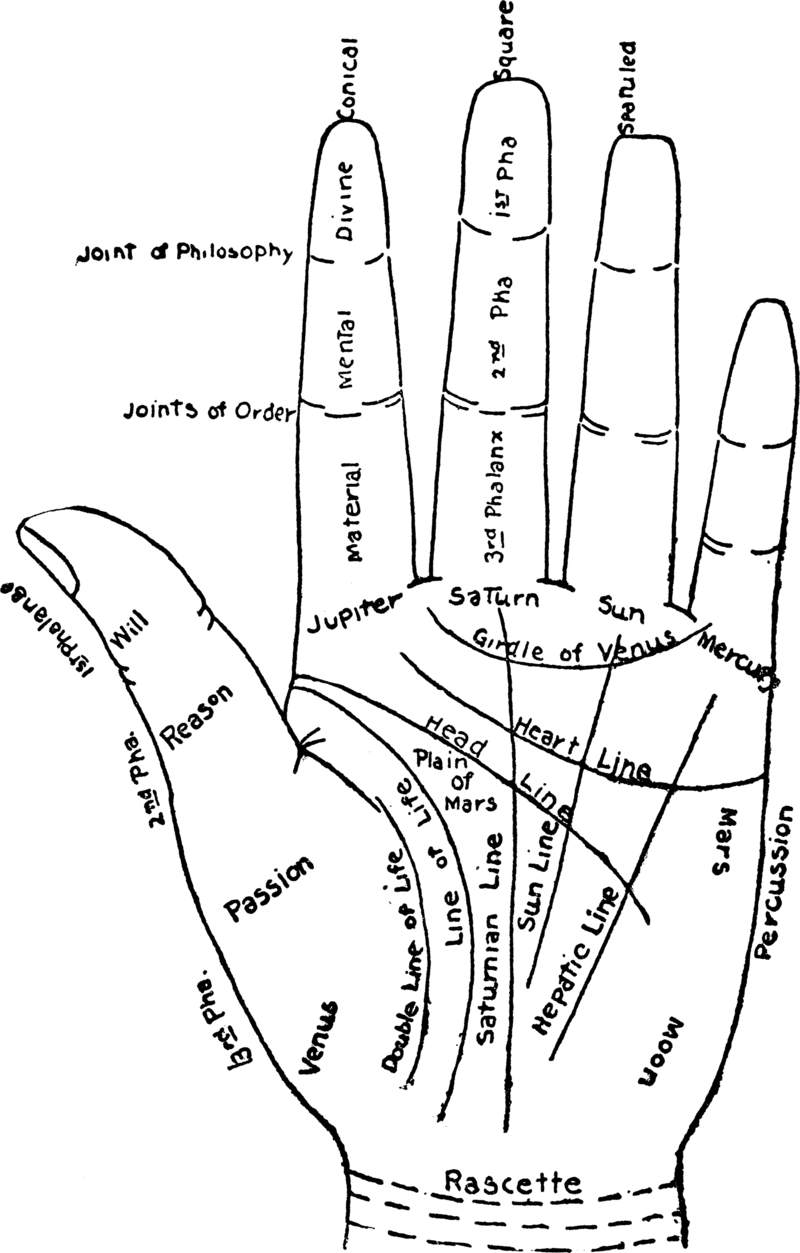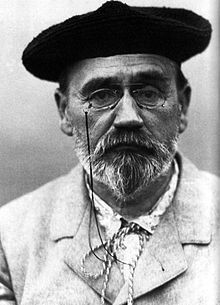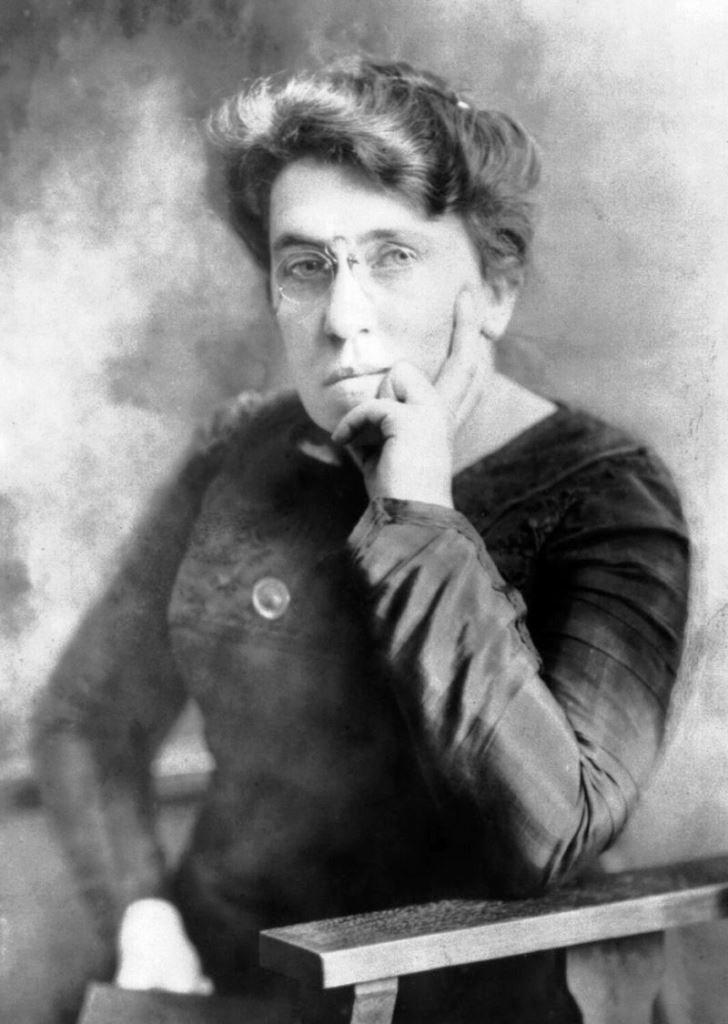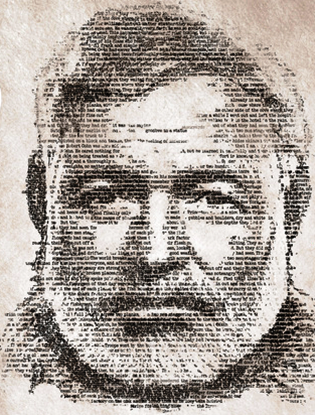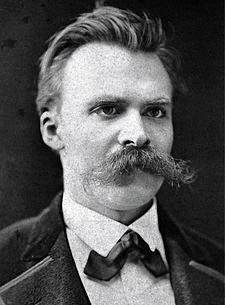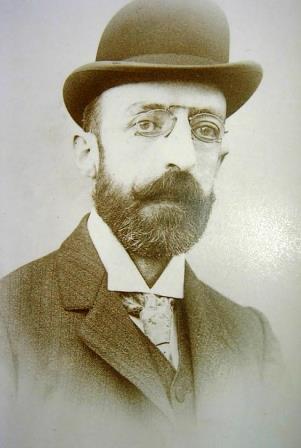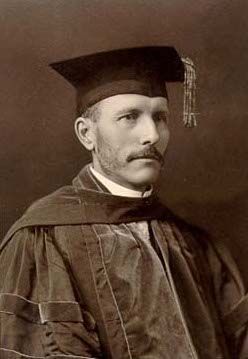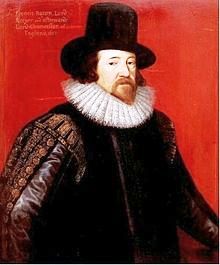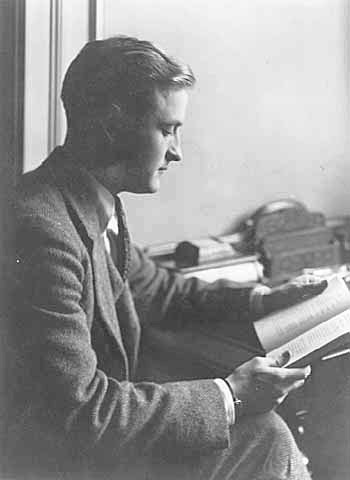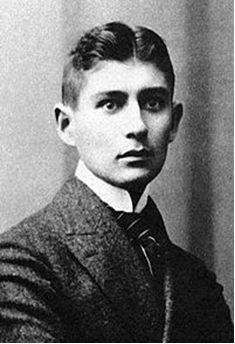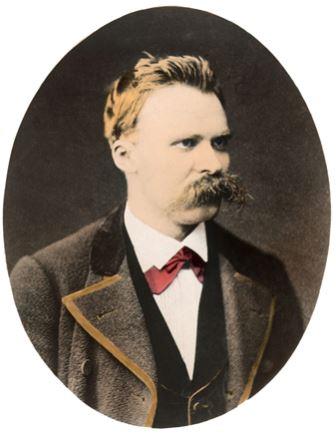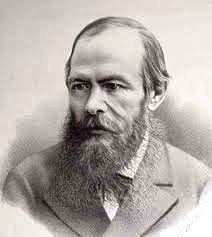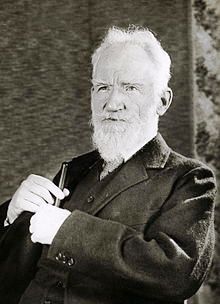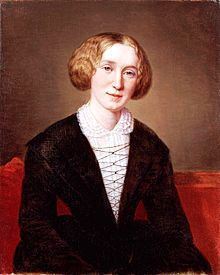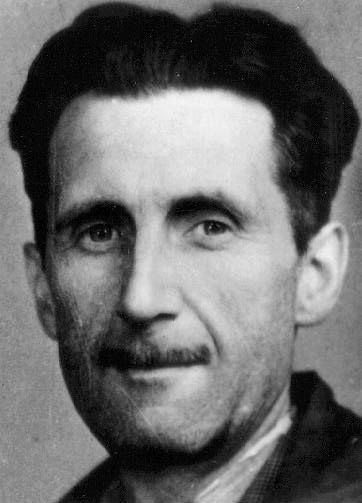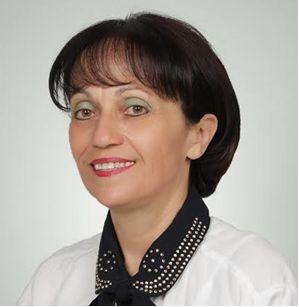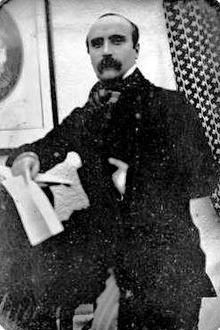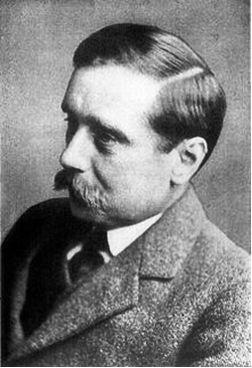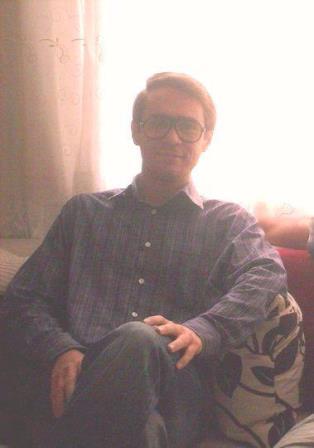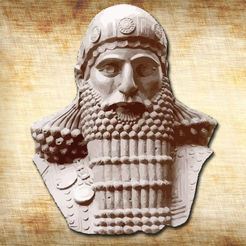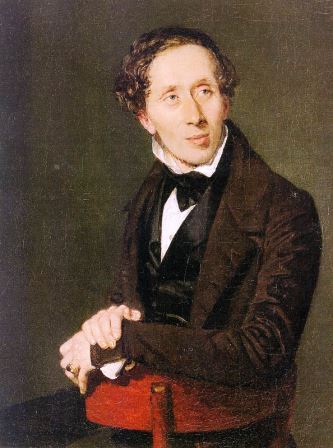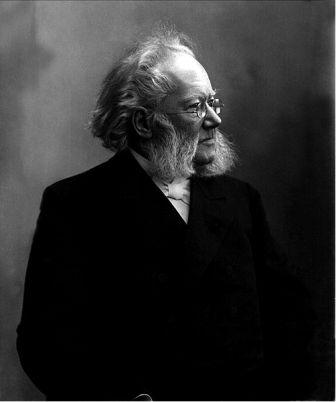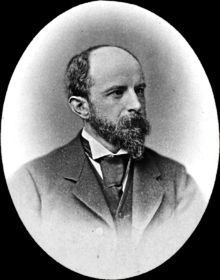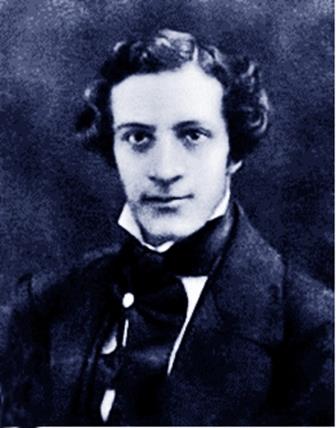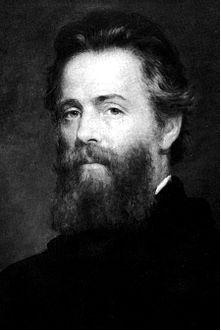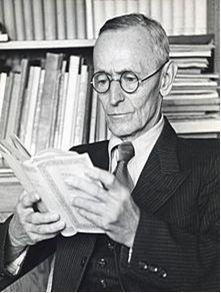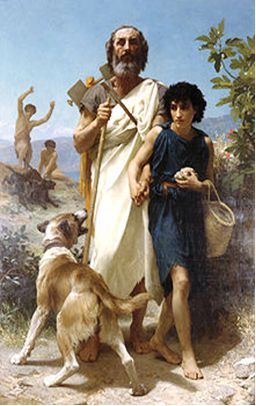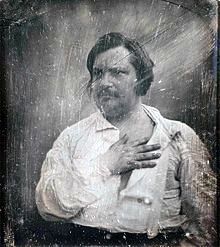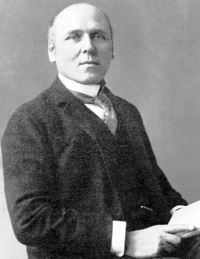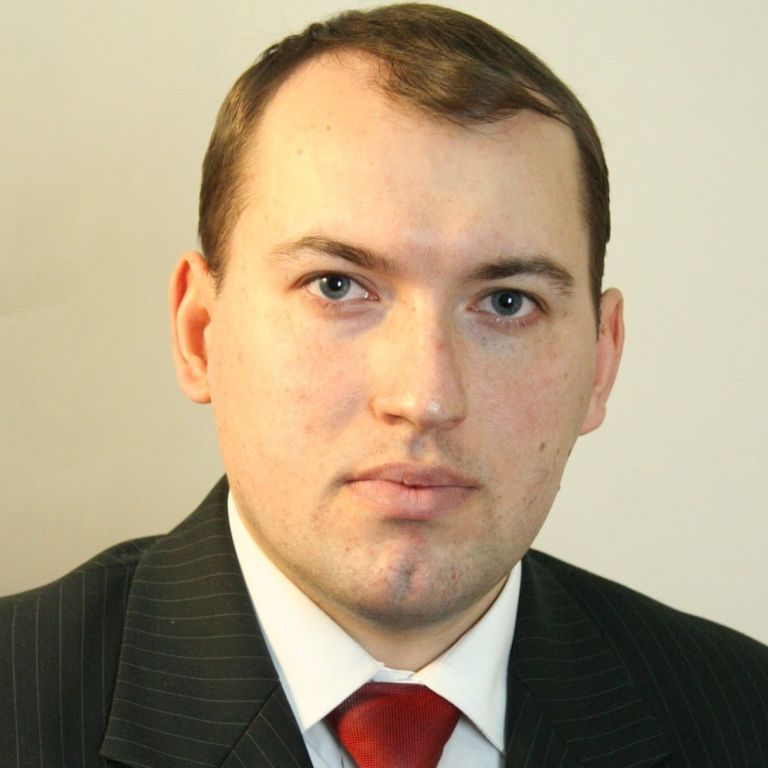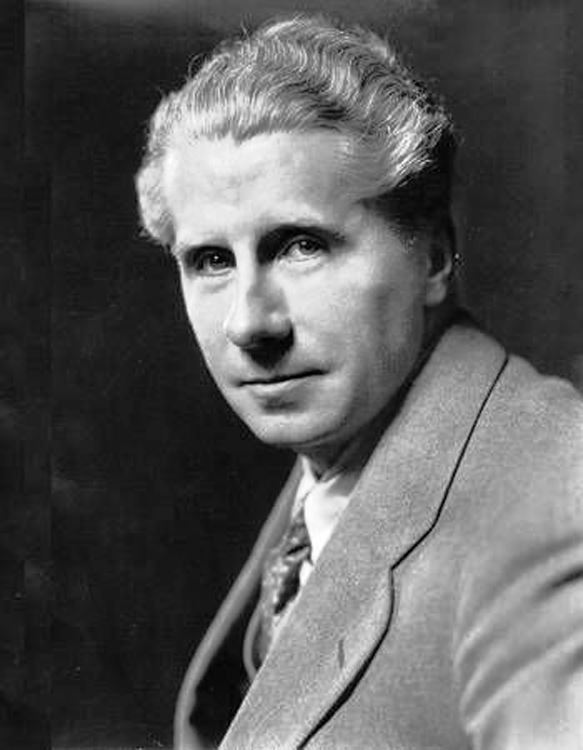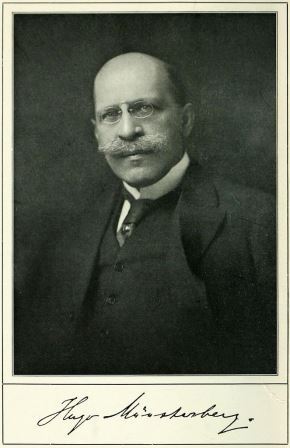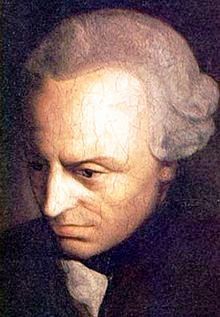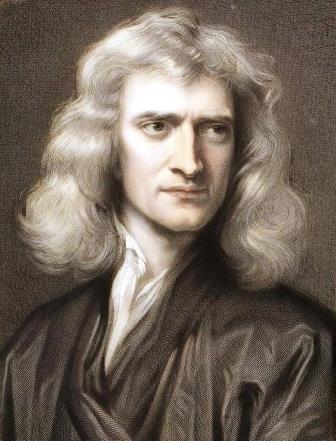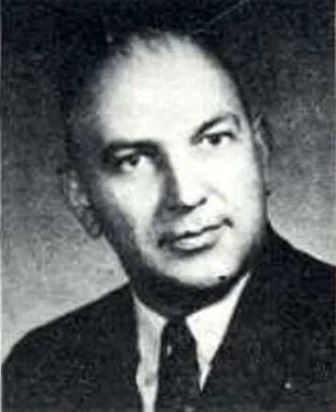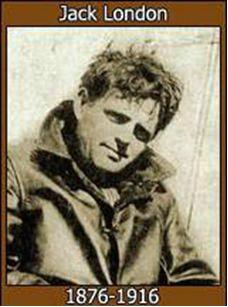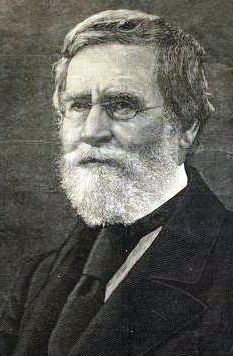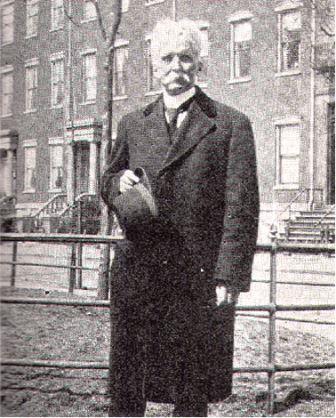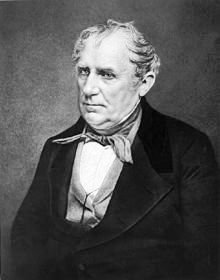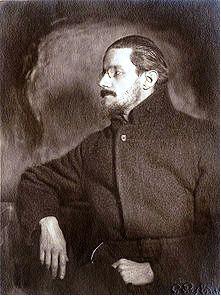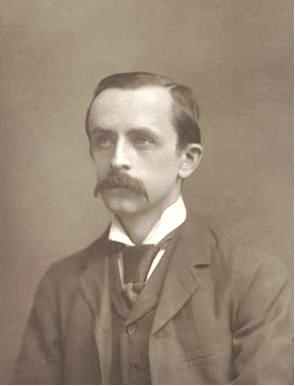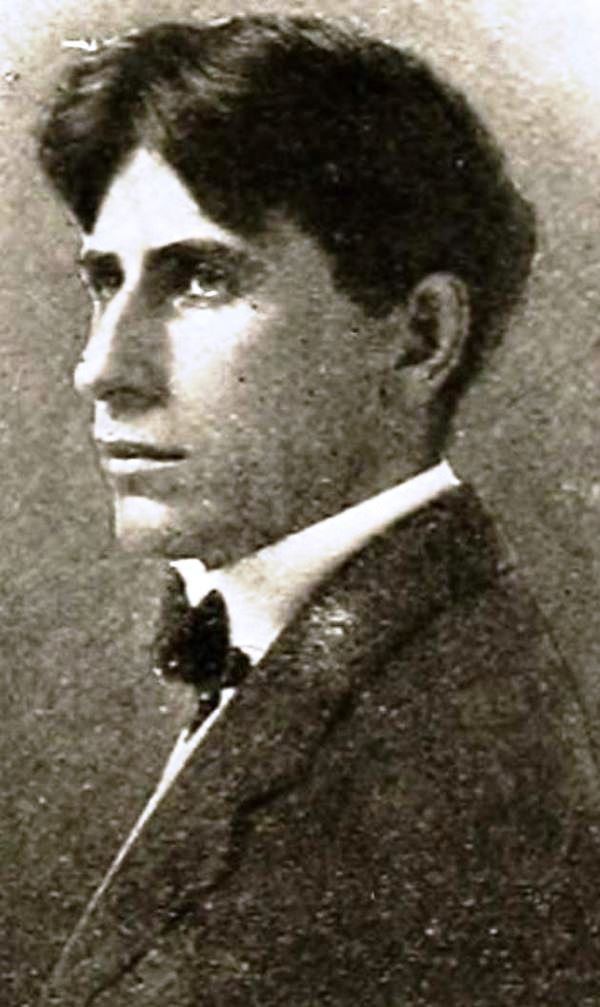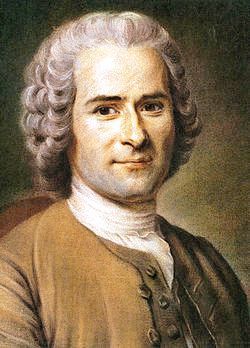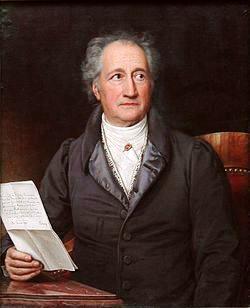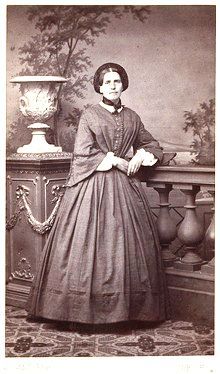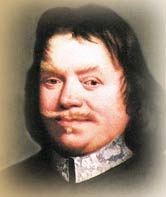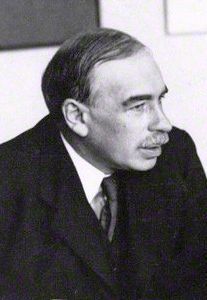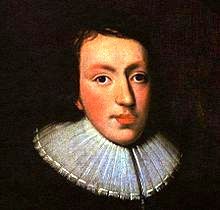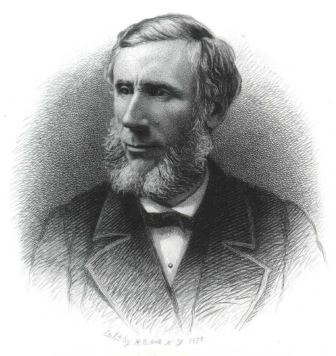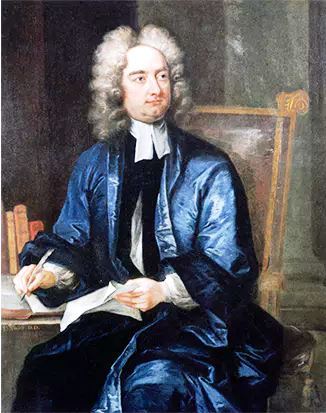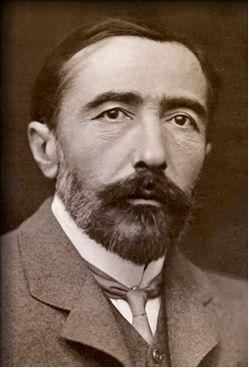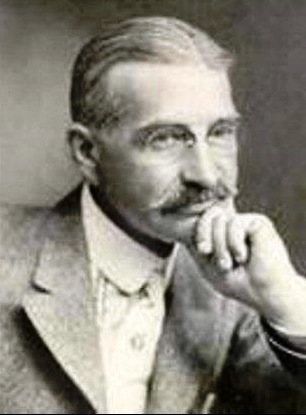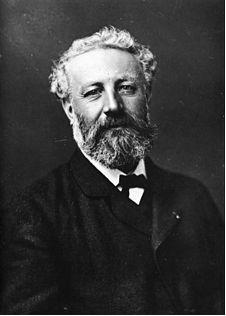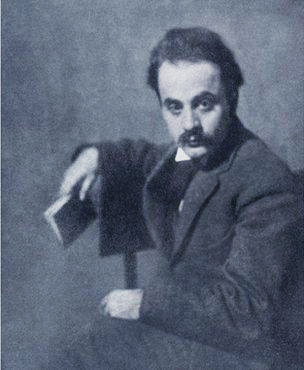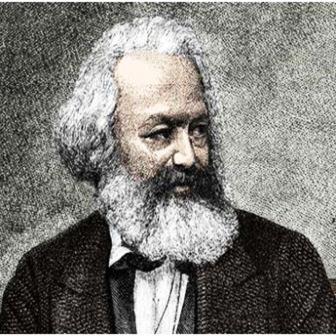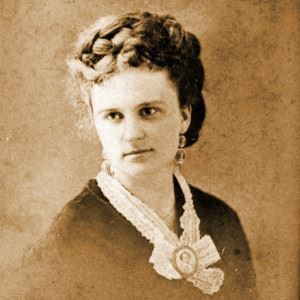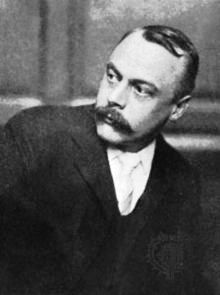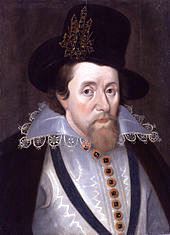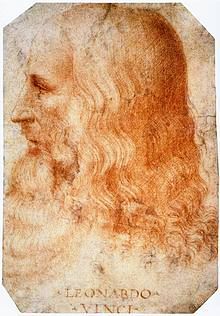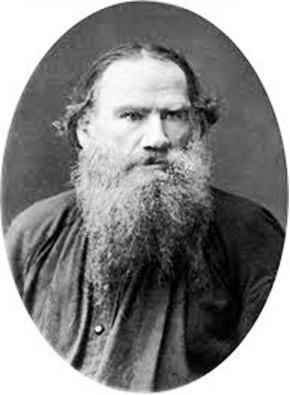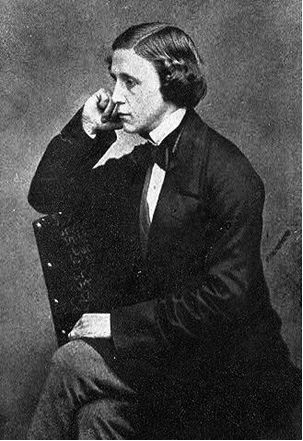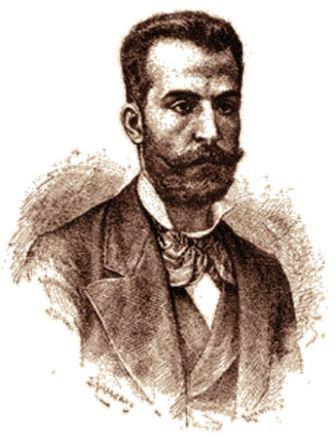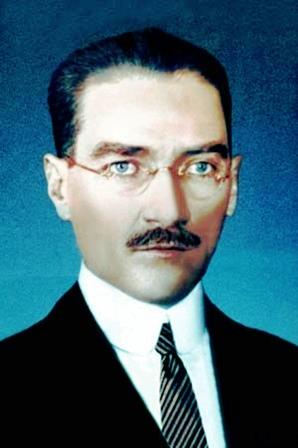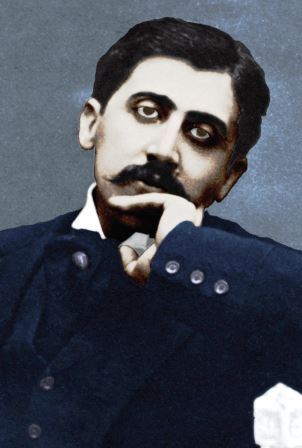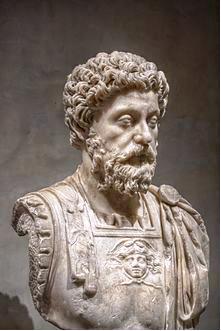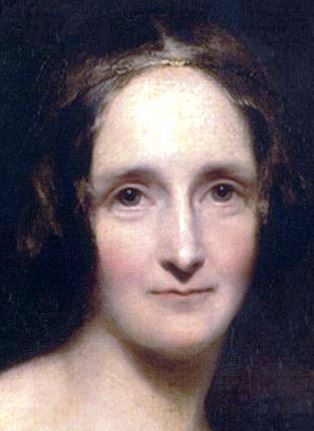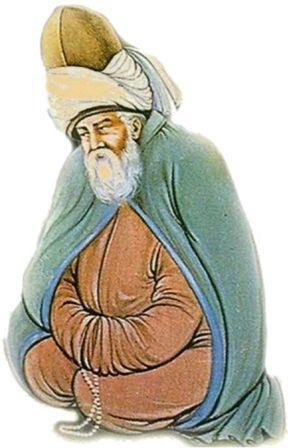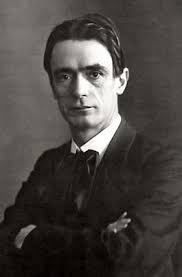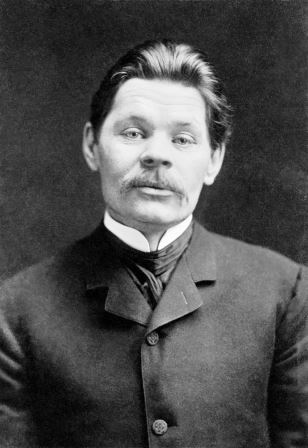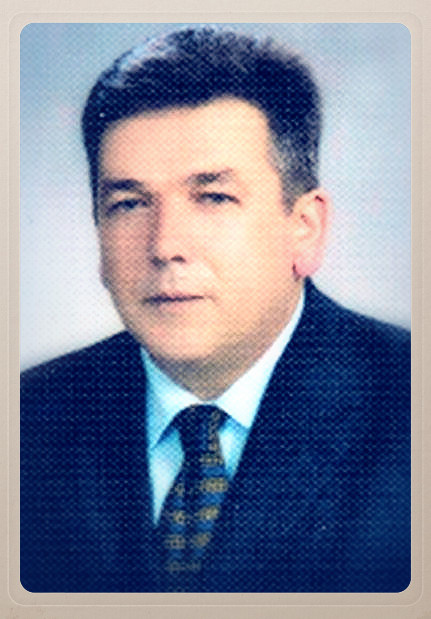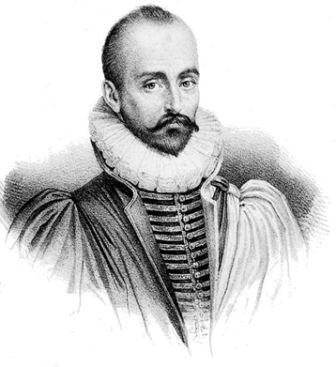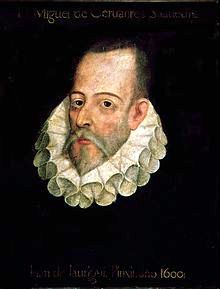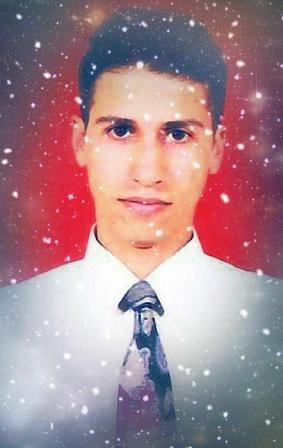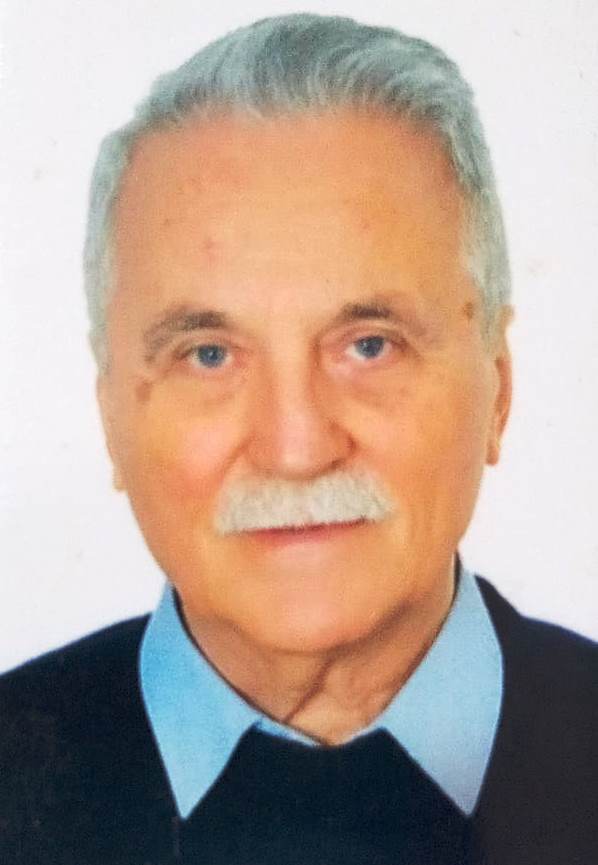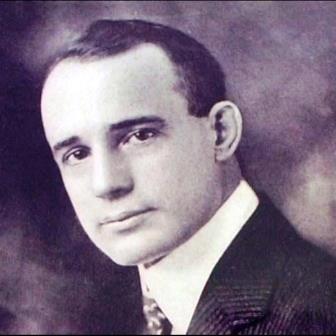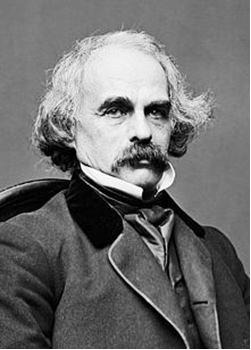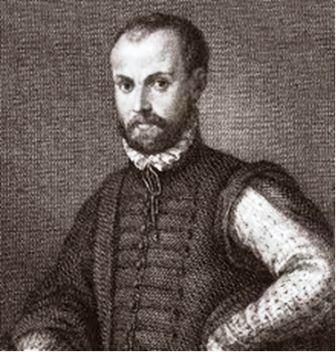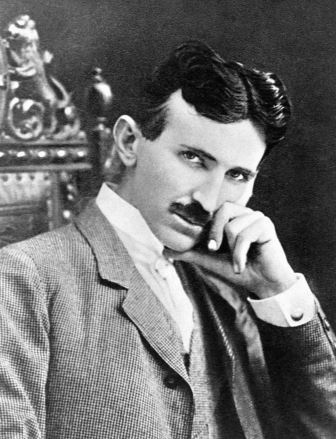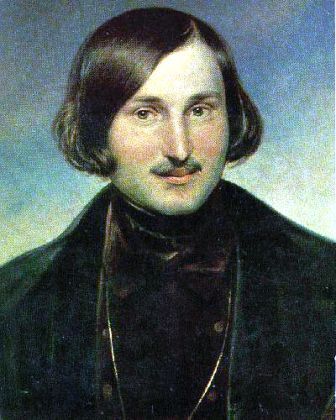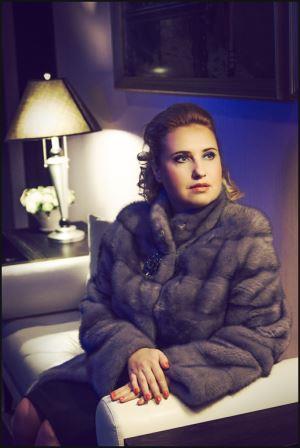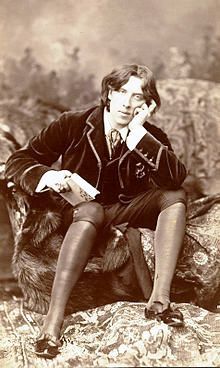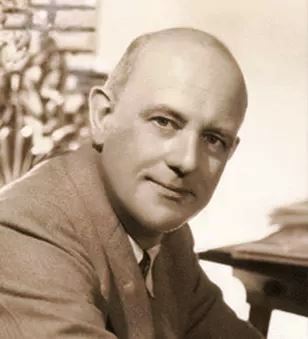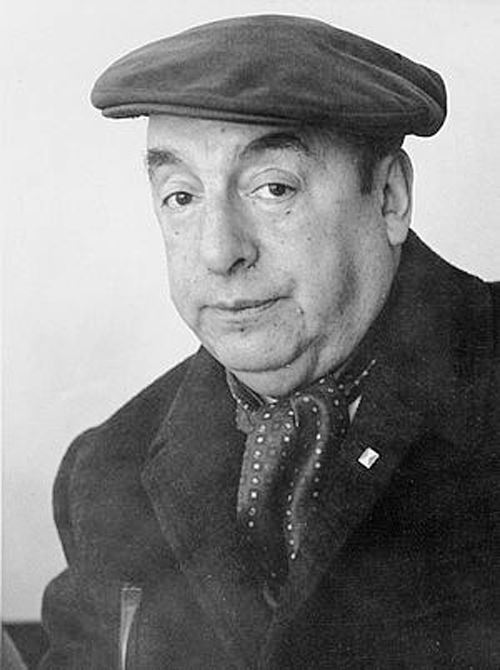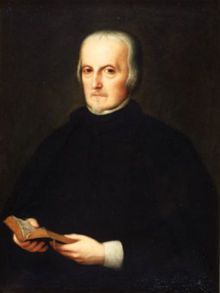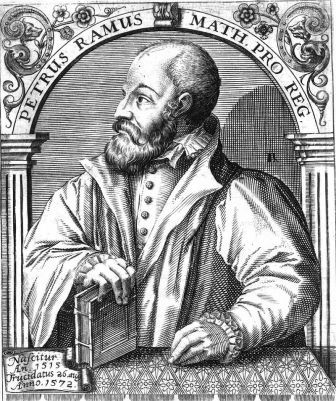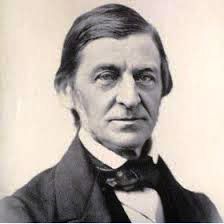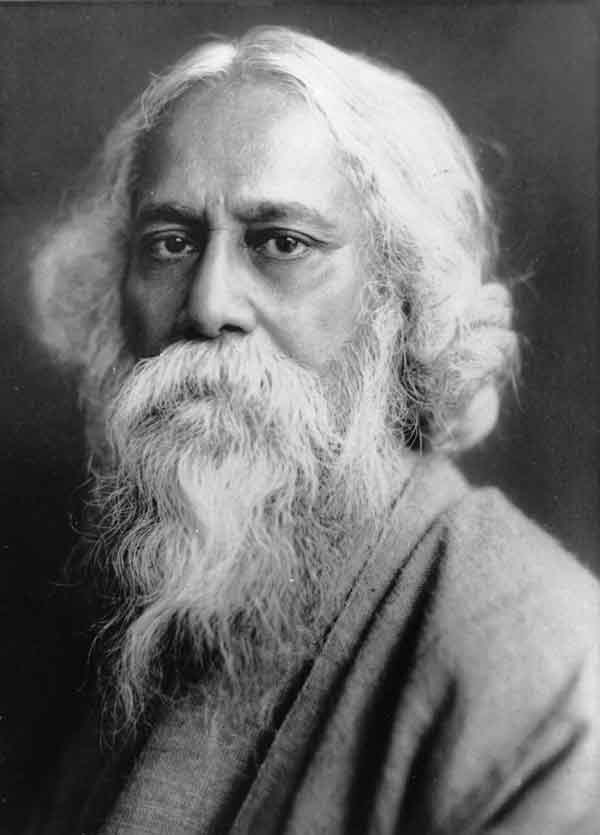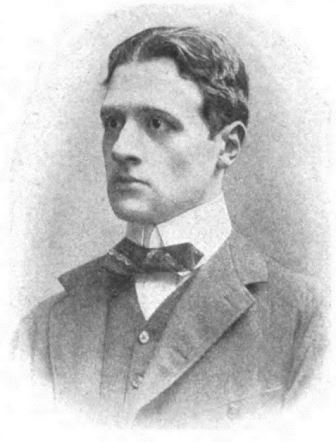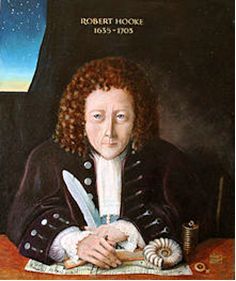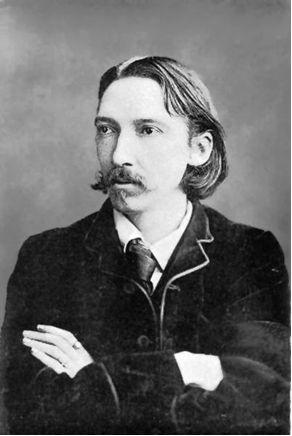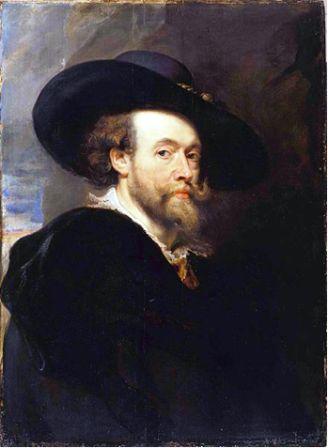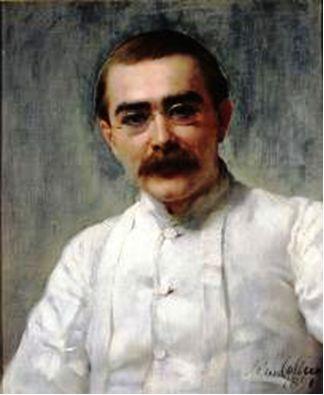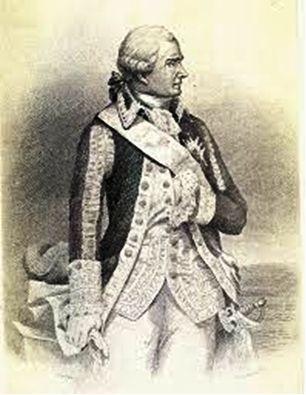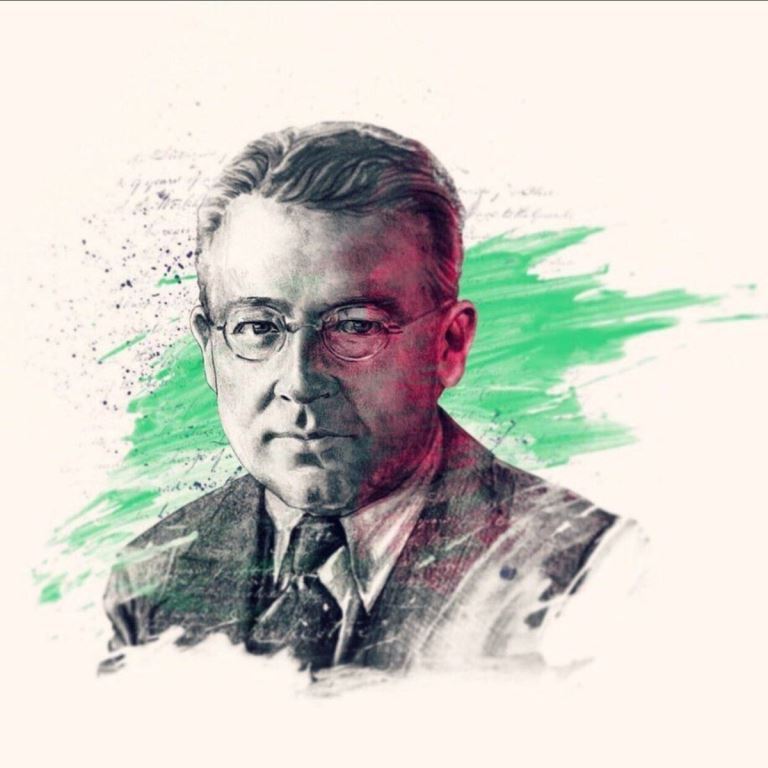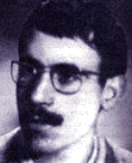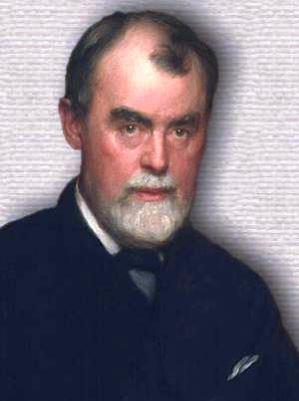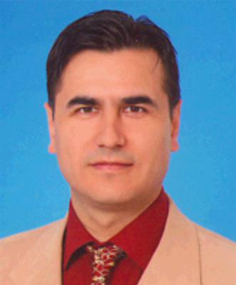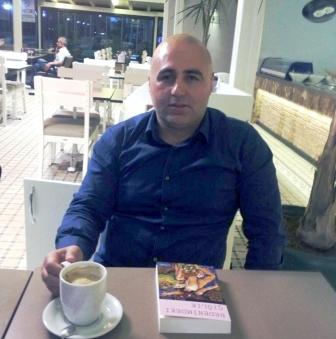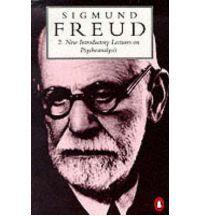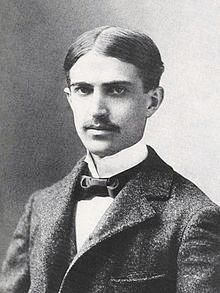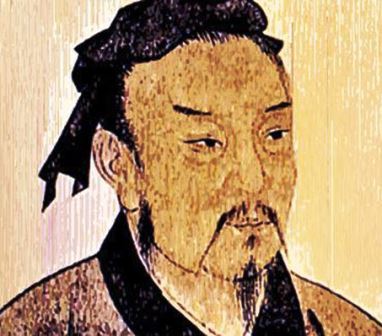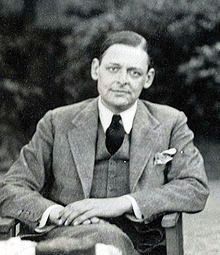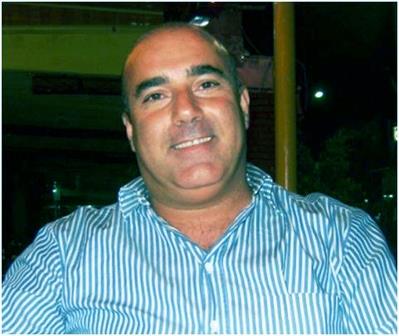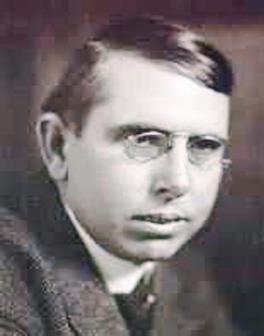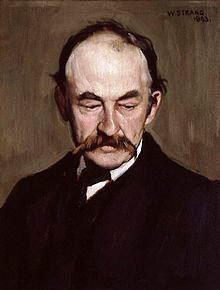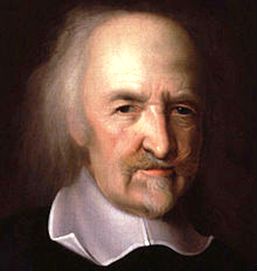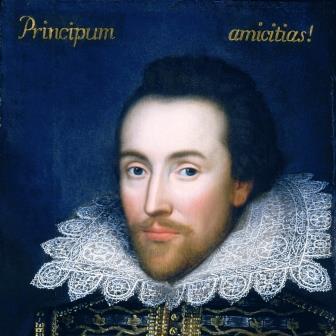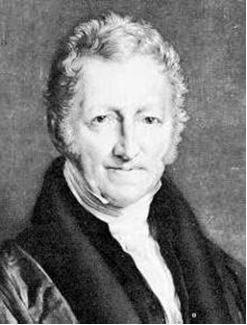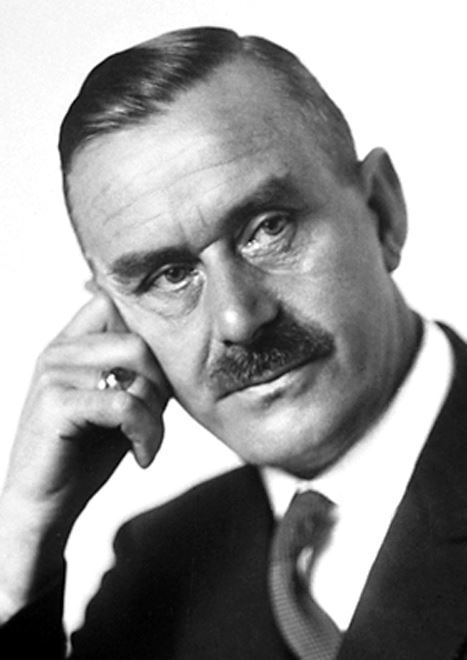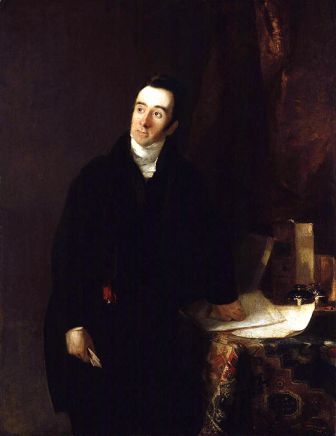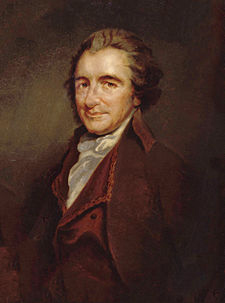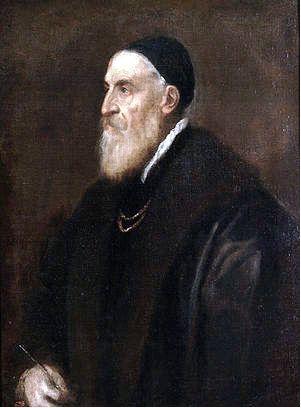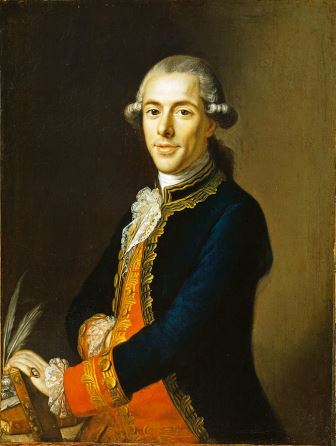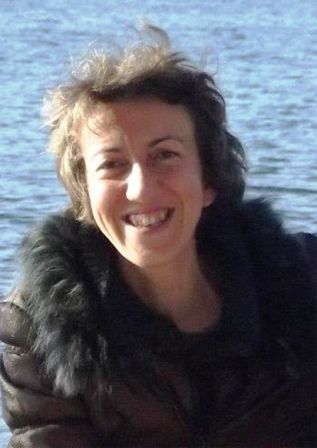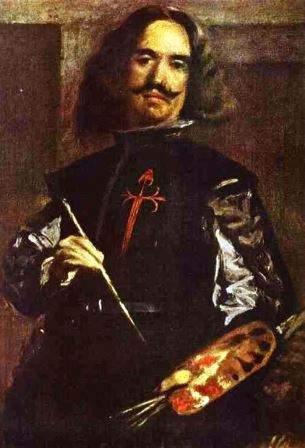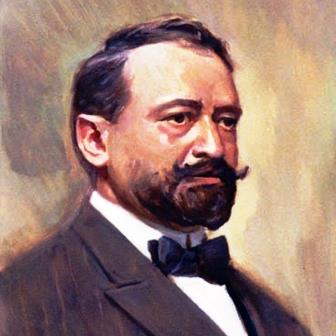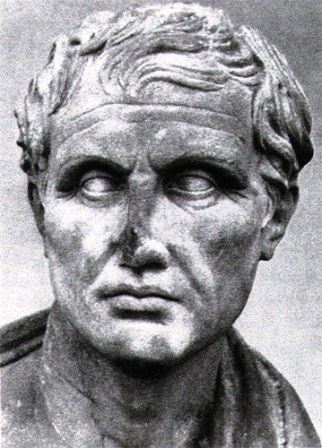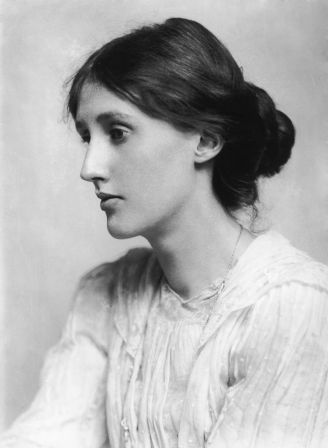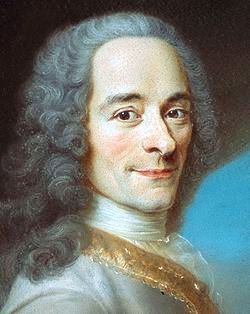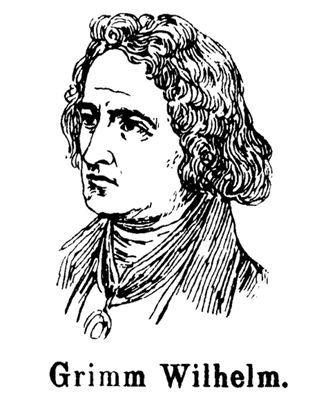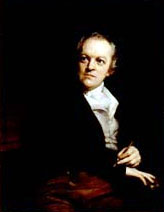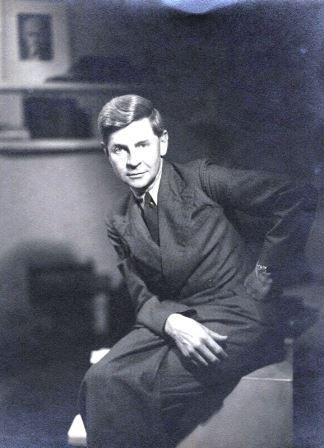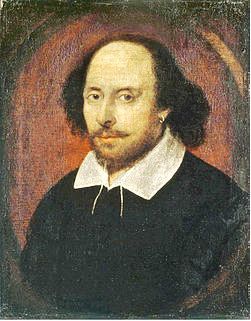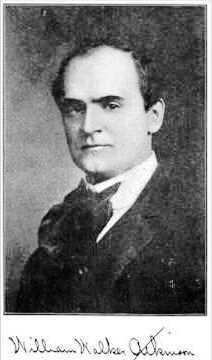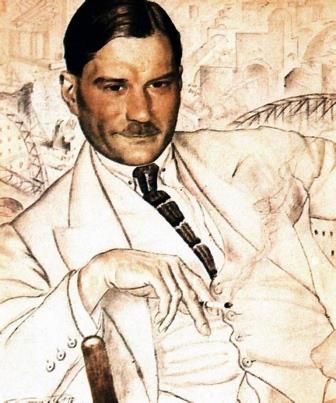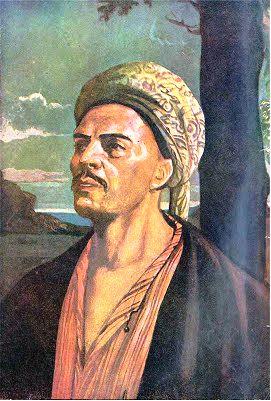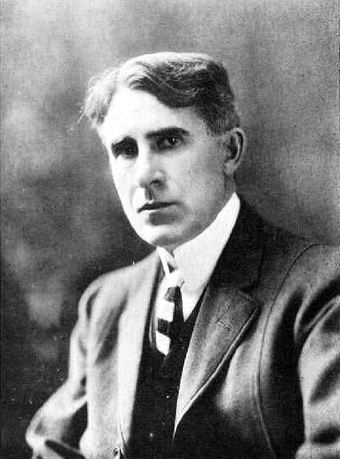A. Milne
A. P. Sinnet
Abbie Farwell Brown
Adam Smith
Adolf Hitler
Aesop
Agatha Christie
Albert Einstein
Alexander Van Millingen
Alexandre Dumas
Alexis De Tocqueville
Alfred North Whitehead
Alonzo Rothschild
Andrew Lang
Annie Besant
Anthony Hope
Anthony Trollope
Antoine Saint-Exupery
Aristotle
Arthur Conan Doyle
Arthur Ransome
August Mau
Auguste Comte
Baroness Emma Orczy
Beatrix Potter
Benjamin Paul Blood
Bernard Granville Baker
Bertrand Russell
Botticelli
Bram Stoker
Caner Özoğul
Carl Gustav Jung
Carlo Collodi
Charles Darwin
Charles Dickens
Charles Perrault
Charlotte Brontë
Christopher Schmitt
Daniel A. Murray
Daniel Defoe
Dante Alighieri
David Eugene Smith
David Herbert Lawrence
David Hilbert
David Hume
David Lindsay
Demi Yalçın
Dr. Ahenk Uzunoğlu
Dr. Isabelle A. Moser
Dr. Özge Enez
E. R. Eddison
E. T. A. Hoffmann
Edgar Allan Poe
Edgar Rice Burroughs
Edith Wharton
Edna Ferber
Edward Clodd
Edward Eggleston
Edwin A. Grosvenor
Elizabeth Gaskell
Ella Adelia Fletcher
Émile Zola
Emma Goldman
Ernest Hemingway
Evaleen Stein
F. W. Nietzsche
Felipe Trigo
Florian Cajori
Frances Hodgson Burnett
Francis Bacon
Francis Scott Fitzgerald
Franz Kafka
Friedrich Nietzsche
Fritz Reiche
Fyodor Dostoyevsky
G. Bernard Shaw
George Boole
George Cruikshank
George Eliot
George Finlay
George Orwell
George Robert Sims
Giovanni Boccaccio
Gizel Hazan
Gustave Flaubert
H. G. Wells
Hakan Aras
Hammurabi
Hans Christian Andersen
Henri Poincare
Henrik Ibsen
Henry Adams
Henry Gray
Herman Melville
Hermann Hesse
Homeros
Honore de Balzac
Howard Pyle
Hrihoriy Krainyk
Hugh Blackburn
Hugh Lofting
Hugo Munsterberg
I. Todhunter
Immanuel Kant
Isaac Newton
J. Clerk Maxwell
J. F. Bone
Jack London
Jacob Abbott
Jacob August Riis
James Baldwin
James Fenimore Cooper
James Joyce
James Matthew Barrie
James Oliver Curwood
James P. Boyd
Jane Austen
Jane Margaret Strickland
Jean Jacques Rousseau
Jeanette Vaughan
Johann Wolfgang Von Goethe
Johanna Spyri
Johannes Çiçek
John Bunyan
John Maynard Keynes
John Milton
John Tyndall
Jonas Lie
Jonathan Swift
Joseph Conrad
Joseph Jacobs
Joseph Maclise
Jules Verne
Kahlil Gibran
Karl Marx
Kate Chopin
Kenneth Grahame
King James
Leonard E. Dickson Ph. D.
Leonardo Da Vinci
Lev Tolstoy
Lewis Carroll
Louis Adolphe Coerne
Luis Coloma
M. Kemal Atatürk
M. M. Pattison Muir
Marcel Proust
Marcus Aurelius
Marie Elisabeth Cave
Mark Mittleberg
Mark Twain
Mary DeMuth
Mary Everest Boole
Mary Shelley
Maurice W. Brockwell
Mawlana Rumi
Max Stirner
Maxim Gorky
Maximilian J. Rudwin
Mayne Reid
Mehdi Bashiri
Mehmet Esabil Yurdakul
Mey Coruh
I am a 12th grade student at Enka high schools located in Istanbul, Turkey. In my high school years I have had several opportunities to expand my knowledge and experience in the field of economics. I was fortunate to conduct research studies with well-known organizations such as the Istanbul chamber of industry and the Turkish Industry and Business Association to work in the professional field of economics while advancing my research skills. I have always been a determined student with many academic ambitions.
As an individual, I am a self-driven, self-motivated and I am always on the lookout for new opportunities and challenges that will enable me to expand my knowledge and reach my goals. I work well under pressure and I am capable of adapting to constantly changing environments as I am an easy learner.
Author Contact:
Michel Montaigne
Miguel De Cervantes
Moriz Thausing
Murat Ukray
Mustafa Özcan
Mustafa Özcan was born on December 20, 1947 (Registered in the certificate on January 3, 1948) in Gonen. After finishing Ömer Seyfettin Primary School and Gönen Secondary School there, he graduated from Istanbul Haydarpaşa High School Science Department in June 1966, which he entered in 1962. At the beginning of 1967, he went to Germany as a state scholarship subject to examination within the scope of Law No. 1416 to pursue higher education in chemical engineering on behalf of Etibank.
Between 1967-1973, he studied Chemical Engineering at Berlin Technical University. At the beginning of 1974 in order with Turkey's Eti Bank of returning to compulsory service in the cause of Bandirma Müessesesi and worked at the Central Research and Development Department in Ankara.
He worked as a Chemical Sector Specialist in the Prime Ministry State Planning Organization Coordi-nation Department between 1978-1980. During his work in this organization, he served as the Vice Presi-dent of the "Restructuring of SEEs" Board. At the end of 1980, he was included in the SPO Specialists group who was victimized by the Military Junta and was returned to his duty at Etibank. After completing nine and a half years of his ten-year compulsory service in 1983 and paying the rest in cash, he left the civil service and came to Istanbul as Planning Coordinator at Ulkar Holding.
Joining Şişecam, where he continued his longest working life in the autumn of 1984, he has been in the management of various issues such as technical, planning, organization, project-investment, business development, engineering, total quality, in-service training, environmental protection and glass recycling at various levels and positions of the Group. He continued his work by taking part. He retired in 2007 after a business life approaching 33 years.
Mustafa Özcan, who is married and has two children, has served in many non-governmental organiza-tions, including a member of the Tüsiad Environment Working Group, a member of the Board of Directors of Çevko, and the founding president of the Camsiad and Gekider associations.
He continues his volunteer work in KDP, Kadıköy Thought Platform, TETP, Thorium Ender Topraklar Platform, Gönen, Bandırma and Erdek Cultural Platforms, which are still active in real and virtual world.
Mustafa Özcan daily newspapers, weekly magazines for 35 years in the mass media as being out va-rious writings since along with internet media KDP and Vocabulary holistic in Turkey-scientific skilled trial-type articles are known to have a separate place.
CONTACT:
musta.ozcan@gmail.com


























